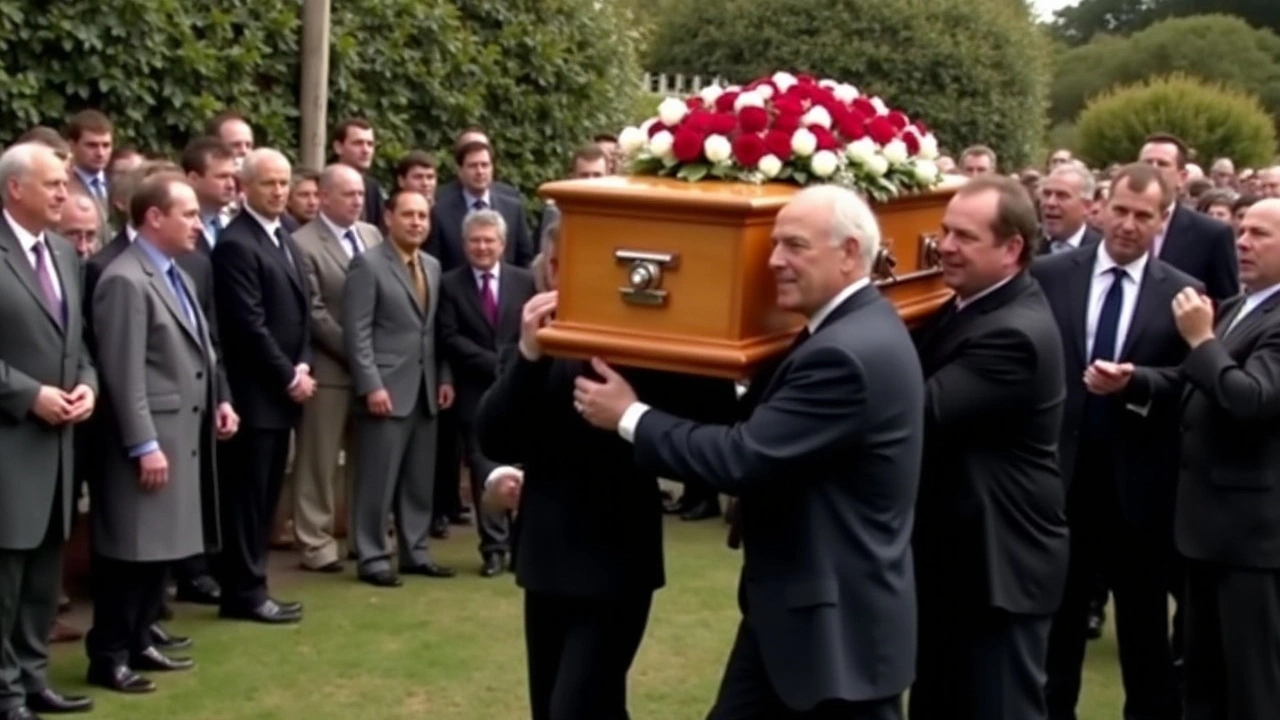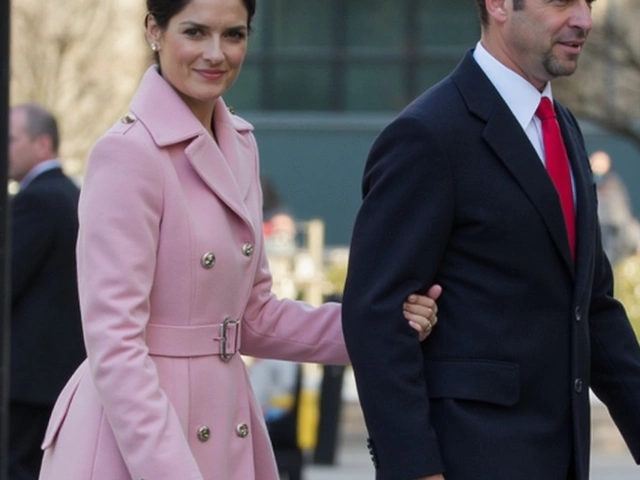Funeral Tribute Ideas & Tips: Honoring Your Loved One with Heartfelt Words
When someone you care about passes away, the words you choose can make a big difference. A funeral tribute is more than a speech – it’s a chance to share memories, celebrate life, and give comfort to those who are grieving. Below are easy‑to‑follow ideas and steps that help you create a tribute that feels genuine and meaningful.
Start with What Matters Most
Think about the moments that defined the person. Was it their sense of humor, their dedication to family, or a hobby they loved? Jot down a few stories that highlight those traits. Short anecdotes work best; they keep listeners engaged and paint a clear picture. If you’re stuck, ask a close friend or family member for a memorable story – it can spark your own recollection.
Next, decide the format. Most tributes include a short introduction, a couple of personal stories, and a closing thought. A typical length is 3‑5 minutes, which translates to about 400‑600 words when spoken at a natural pace. Keeping it concise respects the audience’s emotional energy and leaves room for other speakers.
Write, Refine, and Practice
Begin drafting your tribute in plain language. Use "I" statements – they make the words feel personal. For example, "I remember how Dad would fix anything with a smile" is more vivid than a generic statement. After you have a rough draft, read it aloud. Listening to yourself helps you catch awkward phrasing and adjust the flow.
Once you’re happy with the wording, practice a few times. Aim for a calm, steady pace. If you stumble over a word, rewrite that part – the goal is to sound natural, not rehearsed. It’s okay to pause for breath or to let a poignant moment linger; pauses often give listeners time to absorb the sentiment.
Consider adding a short quote or poem that reflects the person’s spirit. Keep it brief – a single line can add depth without overwhelming your own words. If you’re reading a written tribute, make sure the font is large enough for the speaker to see easily.
Finally, think about the setting. Some families like a candle lighting, a photo slideshow, or a musical snippet before or after the tribute. These elements can tie your words to a visual or auditory cue, making the remembrance more vivid.
Remember, a funeral tribute is not a performance; it’s a sincere sharing of love and respect. By focusing on specific memories, writing in your own voice, and practicing with calm confidence, you’ll create a tribute that honors the departed and comforts the living.





